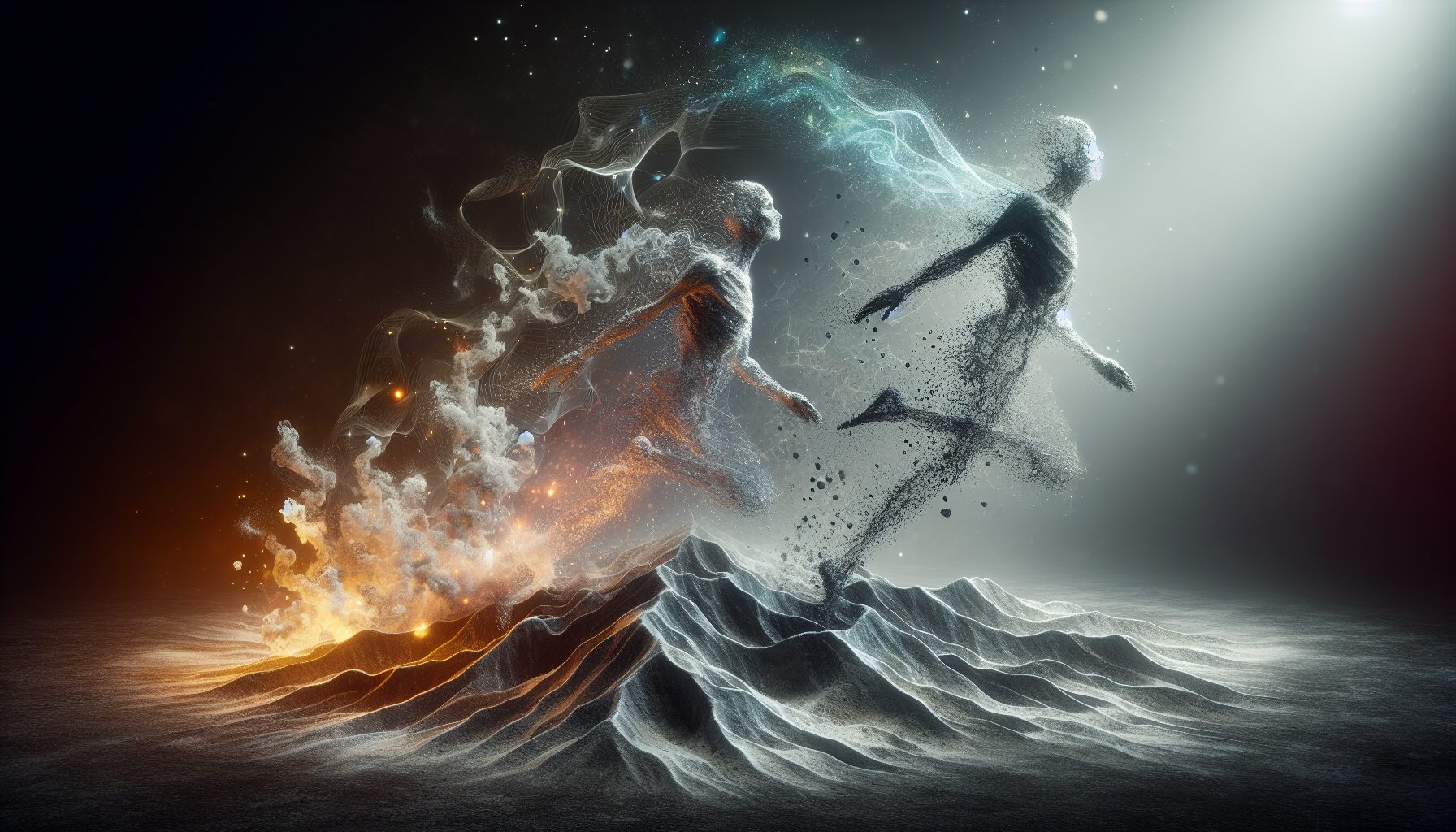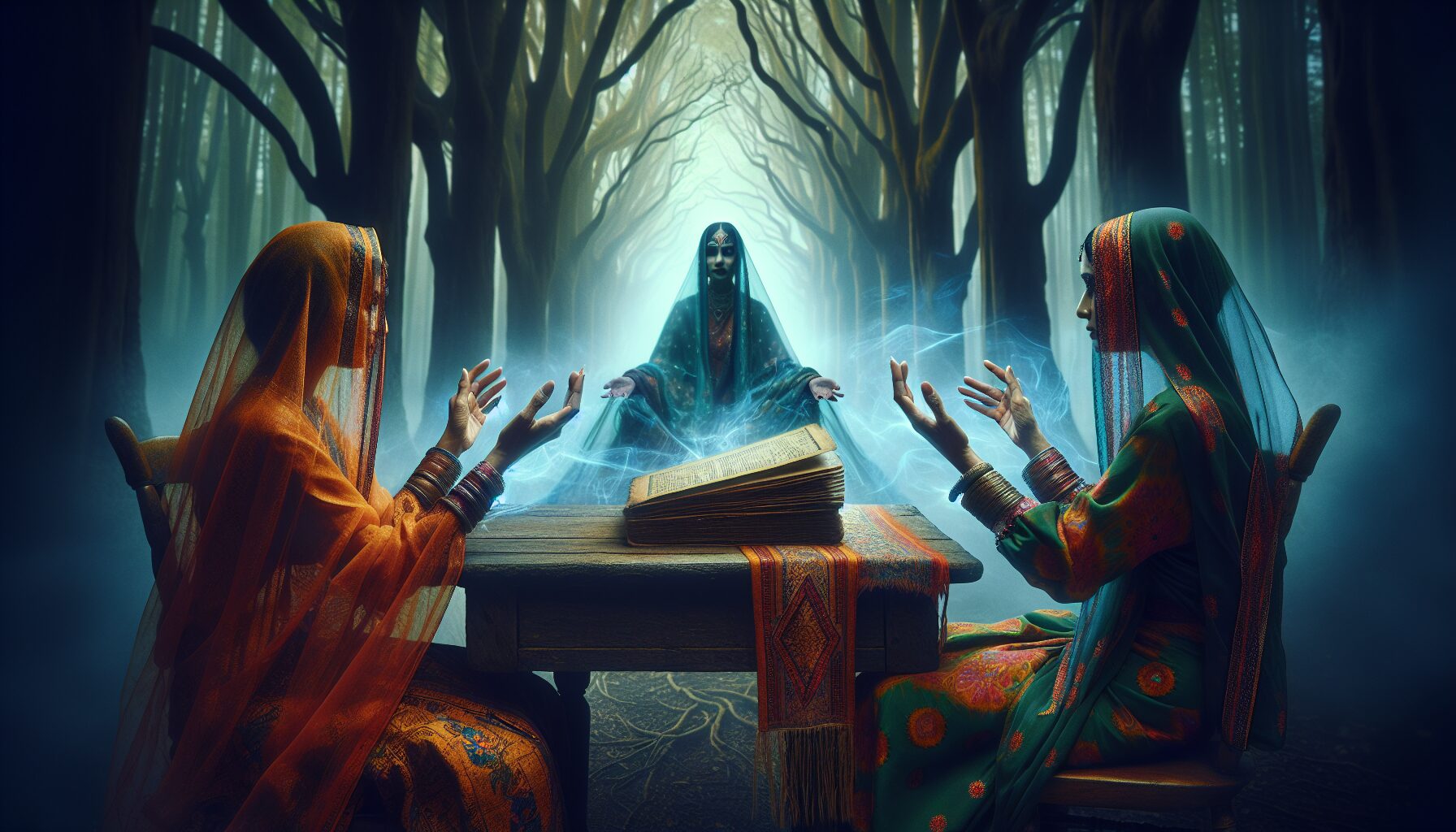Ash and Spirit – Transformation Through Mortality
Ash and Spirit – Transformation Through Mortality
Throughout history, humans have been deeply fascinated by the concepts of mortality and the spiritual transformation that many believe accompanies our physical end. The juxtaposition of ash and spirit embodies this profound connection between life’s ephemeral nature and the enduring mysteries of the afterlife. This idea has found expression in numerous cultural, religious, and philosophical traditions around the globe.
The Symbolism of Ash
Ash, primarily the residue of fire, symbolizes both destruction and purification. In Hindu spirituality, sacred ash (vibhuti) is often used as a symbol of the transitory nature of life. According to Hindu beliefs, applying ash on the body reminds individuals of the ephemeral nature of worldly pleasures and attachments.
“From dust you came, and to dust you shall return.” — Biblical saying
This iconic biblical sentiment underscores that life, ultimately, returns to its simplest earthly form. Ash is often seen as a stark reminder of mortality, yet it can equally represent renewal, as it enriches the soil and fosters new life.
Spirit and the Idea of Transformation
While ash reminds us of physical mortality, the concept of the spirit introduces the possibility of life beyond death. Many religious traditions suggest that the transformation through mortality is not an end but a metamorphosis into a higher form of existence. This transformation can be seen as a journey, a path toward understanding that transcends earthly limitations and gains significance in profound spiritual growth.
Traditions Across Cultures
- Ancient Egyptian Beliefs: The Egyptians believed in a vivid conception of the afterlife where the spirit (ka) would embark on a journey to the afterworld. This belief was so profound that immense resources were devoted to building grand tombs to ensure the ka’s safe passage.
- Buddhist Perspective: Buddhists view life as a cycle of birth, death, and rebirth, with the ultimate goal of reaching Nirvana. Death is not an end but a transition to another phase in the journey towards enlightenment.
- Native American Views: Many Native American tribes hold the belief that death is part of a natural cycle, with the spirit living on after the body’s death, transforming into forms that become part of the cosmic harmony.
Philosophical Contemplations on Mortality
Philosophy has long grappled with the concept of mortality. Existentialists, like Jean-Paul Sartre, have explored the meaning and consequences of death. Sartre’s existential philosophy views death as the ultimate freedom, where individuals face their true essence without the masks imposed by societal roles.
“Death is not the opposite of life, but a part of it.” — Haruki Murakami
Haruki Murakami, a contemporary literary figure, illustrates death as an integrated aspect of life rather than its conclusion. This view promotes the idea that understanding and accepting one’s mortality enriches the appreciation of life’s fragile beauty.
Transformation Through Personal Mortality
It is often in the face of mortality that individuals undergo profound transformations. Personal experiences with loss and the contemplation of one’s mortality can catalyze deep spiritual and personal growth. Such transformations can lead to a greater appreciation of life, stronger relationships, and a pursuit of meaningful connections with the world.
A Sacred Transition
Several rituals around the world help in the personal transformation following a loss. These rituals serve as a medium to honor the departed and as a catalyst for the living to deepen their understanding and acceptance of death’s role in the tapestry of life.
- Dia de los Muertos: In Mexican culture, the Day of the Dead is a vibrant celebration that remembers and honors the deceased. It fosters a sense of connection and continuity between the living and the dead, emphasizing that death is but another stage of life.
- Samhain: Celebrated by ancient Celts, Samhain marks the end of the harvest season and heralds the darker half of the year. It’s a time when the boundary between the worlds is thin, allowing spirits to pass through and reminding the living of the cycle of life and death.
- Japanese Obon: A festival to honor the spirits of one’s ancestors, Obon is a reflective time allowing families to pay respects and receive visits from their departed loved ones, creating an enduring spiritual bond.
Scientific Perspectives and Transformations
Modern science, while often regarded as separate from spiritual and religious beliefs, also explores mortality and transformation. The field of Thanatology, the study of death and practices associated with it, considers the biological and psychological aspects of death, alongside its impact on the living. Some scientists explore the potential for life after death in the realm of quantum physics, although solid evidence remains elusive.
In his book Death/Summer Interrupted, Stephen Cave refers to these scientific explorations as part of humanity’s continuous journey to understand, cope with, and transcend mortality.
Conclusion
The journey from ash to spirit is a narrative as old as humanity itself, a story that echoes across cultures and beliefs. Through understanding and embracing our mortality, we uncover moments of profound spiritual clarity and transformation. In the face of death, we often find the essence of what it means to truly live.
Transformations through mortality, whether viewed through the lens of spiritual traditions, philosophical inquiry, or scientific exploration, enrich our lives and encourage a deeper appreciation for the mystical cycle of life.



